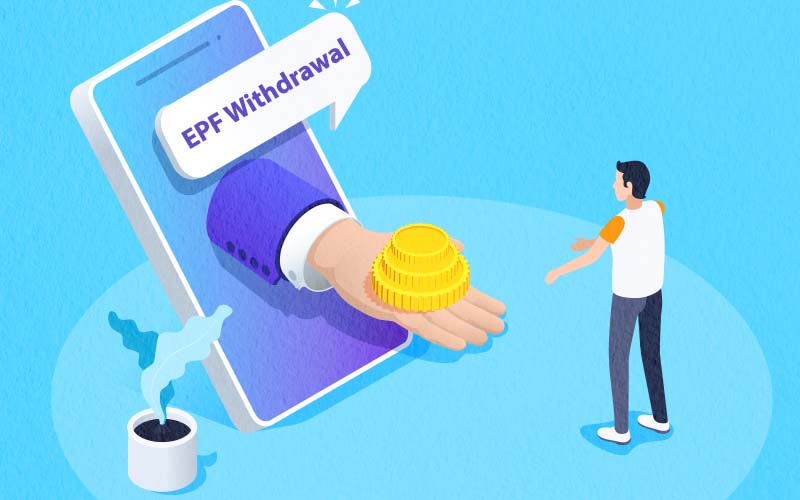
Your tech stack for maximum efficiency.
That Provident Fund (PF) account – a silent guardian of your future, diligently accumulating your hard-earned money. But what happens when life calls, and you need to access those funds? The thought of navigating bureaucratic mazes and endless paperwork can feel daunting. Fear not, intrepid saver! This isn’t a labyrinth; it’s a journey with a clear destination. Consider this your trusted map, a step-by-step guide designed to empower you to withdraw your PF without the hassle, putting your financial power firmly back in your hands. Let’s demystify the process and pave a smooth path to accessing your funds.


Your Compass: Understanding the Withdrawal Landscape
Before we embark, let’s orient ourselves. PF withdrawal rules and processes have evolved, thankfully leaning towards greater ease and digital efficiency. Familiarize yourself with the key aspects:
- Eligibility: Understand the conditions under which you can withdraw – be it resignation, retirement, medical emergencies, or specific life events. Knowing your eligibility is the first step on your journey.
- Online vs. Offline: The digital realm has simplified much of the process. Explore the convenience of online withdrawal through the EPFO portal, which often streamlines the process significantly.
- Required Documents: Gather your essential documents beforehand – your UAN (Universal Account Number), Aadhaar details, bank account information, and potentially relevant certificates depending on the reason for withdrawal. Being prepared is half the battle won.
The Journey: Your Step-by-Step Withdrawal Guide
Now, let’s navigate the withdrawal process with clear, actionable steps:
- Activate Your UAN: Your UAN is your master key. Ensure it’s activated and linked with your Aadhaar, PAN, and bank details. This digital handshake is crucial for a smooth online process.
- Access the EPFO Portal: Head to the official EPFO website. Your UAN and password are your entry tokens to this digital domain.
- Navigate to “Online Services”: Once logged in, locate the “Online Services” tab. This is your central hub for all online PF-related activities.
- Select “Claim (Form-31, 19 & 10C)”: This is the digital form you’ll be using for withdrawal. Choose the relevant option based on your reason for withdrawal.
- Verify Your Details: The portal will display your member details. Ensure all information, especially your bank account details, is accurate. This is crucial for receiving your funds without delay.
- Select the Reason for Withdrawal: Choose the appropriate reason from the dropdown menu. The options will vary based on your eligibility.
- Enter the Withdrawal Amount (if applicable): For partial withdrawals, specify the amount you wish to withdraw as per the permissible limits.
- Upload Supporting Documents (if required): Depending on the reason for withdrawal (e.g., medical emergency), you might need to upload scanned copies of relevant documents.
- Submit Your Claim: Once you’ve filled in all the details and uploaded necessary documents, carefully review everything and submit your claim.
- Acknowledge and Track: You’ll receive an acknowledgement receipt. Keep this handy to track the status of your claim online through the EPFO portal.
For those opting for the offline route, you’ll need to download and fill out the relevant forms, attach the required documents, and submit them to the EPFO office or your employer. However, the online process is generally faster and more convenient.
Your Reward: Receiving Your Funds
Once your claim is processed, the funds will be directly credited to your verified bank account. The processing time can vary, but the EPFO is increasingly focused on faster settlements. Keep tracking your claim status for updates.
✨ Final Thoughts
Your PF is a testament to your hard work and a vital part of your financial security. Withdrawing it should be a straightforward process, putting the power back where it belongs – in your hands.
A guiding principle for your financial journey:
“Know your rights, navigate with clarity, and access what is rightfully yours.”
